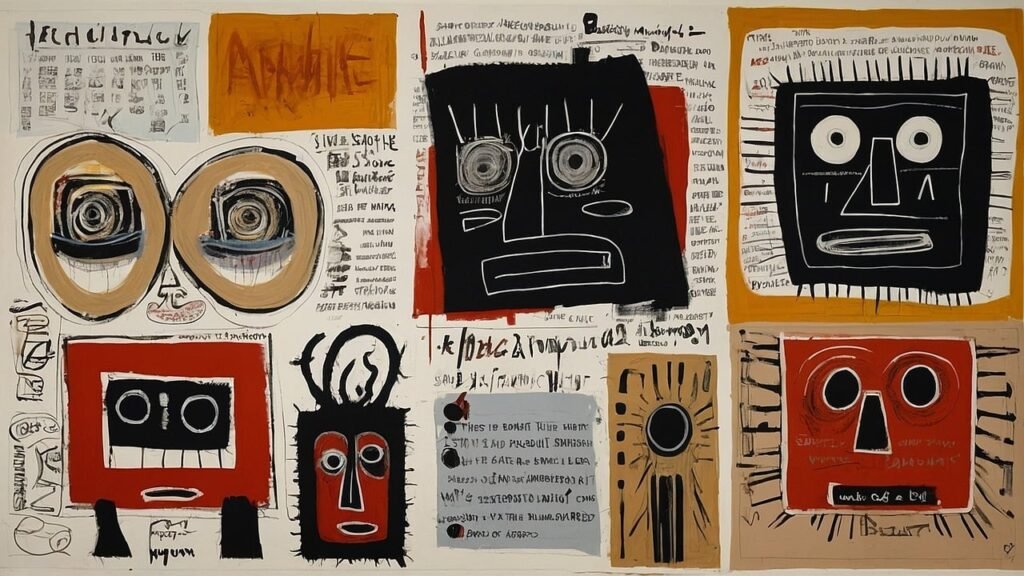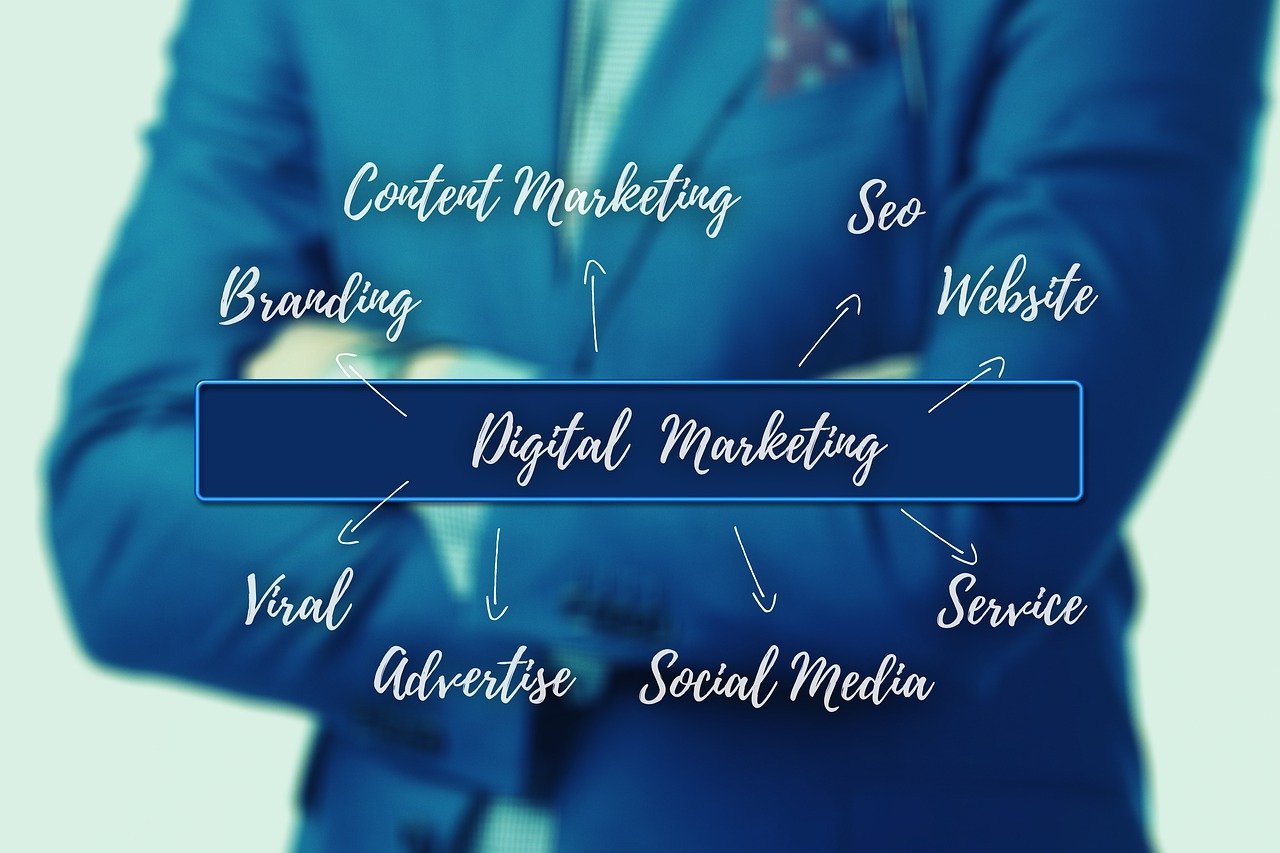The world of graphic design is an ever-changing one where year after year new trends, technologies, and approaches challenge the frontier of creativity. Looking into the future, especially in 2025, we see this marriage of old and new: designs that embrace innovation through the human touch. Trends can inspire and be elements to infuse into your next work, no matter whether you are an experienced designer, business owner, or just someone who loves the sight of creative visuals.

Generative Design: Renaissance of Creativity
When it comes to the speed and efficiency of the design process, AI tools are the other major players. In 2025, most of the works—notably paintings, imageries, patterns, and layouts—will be AI-assisted to a greater extent. The music becomes a blend of survival, surrealism, and unflattering; one could even say a bout of conscious delirium. That is where AI would come to the aid of designers from getting stuck staring into the void of blankness and hastening their ability to create mind-bogglingly beautiful designs with mindful consciousness.
Take AI for its workflow as an example; you can practically start with a vector illustration from an AI tool, go on to basic editing for color change of straight generative variants, all the way to a mock-up on a skateboard or t-shirt. It makes for an easy workflow, yet it leaves enough space for designer input: the result is a kind of seamless hybrid of tech-on-human application.
Pro Tip: Use AI for faster completion of repetitive tasks but do remember to design each work with something extra from you.
Handmade Designs: Traditional Media Return
With the emergence of digital processes, hand-drawing is slowly regaining the respect it deserves to be appreciated for imperfections and charm. In 2025, handmade designs in sketch illustration, mixed-media collage, scrapbook-style layouts, and even classic printing methods like screen-printing and risograph printing are going for a resurgence. This implies nothing less than the contrast offered to digital perfection, along with human warmth and authenticity to modern visuals.
In short, handmade designs should be used with packages, personal brands, or pieces that address nostalgia. They make a point about imperfection as beauty and art as an irresistible classic.
Design Tip: Seeking to evoke nostalgia or warmth through your branding? These designs give your brand a personal, humancentered touch.
3D Design: Easier Than Ever Before
3D design stuff was once the forte of corporate giants and lavish-budgeted marketing campaigns. In the current situation, it is accessible more than ever. Thanks to the emergence of easy-to-use software, small design teams or individual creators can find a place in 3D worlds, working on anything from product mockups to enterprising online experiences, identifying a place for potential 3D integration into solid graphic design by 2025.
Experiments with layering artificial 3D elements over flat designs create stunningly modern yet simple graphics. This combination allows designers to inject vitality into any product rendering, interactive digital work, or online portfolio.
Pro-tip: Combining 3D graphics with flat elements creates a striking appearance that captivates without overwhelming.
Maximalism and Minimalism: Two Sides of the Same Coin
Presently in 2025, we are witnessing two design philosophies fighting for dominance in the market: maximalism and minimalism. Maximalism has embraced “more is more” in the pursuit of loud colors, layered patterns, and hyper-modern designs. Designers have imprinted retro graphics, modern-day elements, and textures to come up with a series of hyper-visuals with energy and charisma.
Conversely, there is still an echo of minimalism-many designers prefer it, clean lines, subtle gradients, stolen color palettes, and white space. Where maximalism aims to forge an emotional connection with its loud designs, minimalism seeks elegance and sophistication from sheer simplicity.
When to Use Maximalism: Maximalism is a great choice for posters, social media campaigns, and other visual objects that are meant to attract attention.
When to Use Minimalism: Branding schemes, websites, and high-end fashion are usually the sectors where minimalism reigns supreme; elegance and simplicity are the key points.
Brown Tones: Earthy and Natural
Pantone’s Color of the Year, Mocha Mousse, is testament to a growing value for earthy, natural tones in design. Expect the next few years to see shades of brown making an appearance in branding, fashion, and home decor. Brown tones evoke warmth and a natural feel, perfect for a minimalist design or earthy aesthetic.
Pairing brown tones with clean typography and natural textures further maintains balance, such as woodgrain or stone-inspired patterns. This design technique is calming and nurtures eco-friendliness, appealing to brands whose hearts are truly in nature.
Nature & Sustainability: Earthly-Inspired Designs
Industry figures and exhibitions appear to support the design shift from technological and flashy to organic and sustainable. More often than not, the combination of organic shapes and natural-patterned textures is used in the graphic design of collaterals to lend warmth and comfort to otherwise stark modern visuals. The interplay of organic shapes and textures like marble and wood grain, as well as foliage patterns, in the design world is fascinating.
Brands wanting to bond with consumers on the emotional wavelength have taken to nature-inspired designs for a sustainable and eco-conscious lifestyle. Hence these designs can be the depth and soul of your work: be it packaging, branding, or interiors.
Pro-tip: A very beautiful and sustainable design, able to trigger emotions, may be achieved when combined earthy tones with clean and modern typography.
Retro-Futurism, Melding Nostalgia with New-age Flair
Retro-futurism, an amalgamation of the nostalgia of the past and the promise of the future, is what this one’s all about. Imagine ’80s and ’90s-inspired graphics juxtaposed with techy-futuristic aesthetics. Retro-futurism celebrates the anachronism with carefree grunge textures, collages, and bright colors that appeal to the well-worn taste of vintage lovers yet leave the tastes of the young in search of something newer-or perverse and conflicted-on the opposite side.
In PC interaction, retro-futurism will tantalize the imagination of wide audiences by marrying the known-and-loved with the new. It’s a perfect design style for brands that want to appear innovative yet grounded in familiar aesthetics.
Motion Graphics – The medium that brings to life some fascinating designs
Motion graphics, up to 2025, do play an enormous role with animated elements and gentle movements that sure do grab audiences everywhere. This motion overlay in the design is what attracts eyes and holds audiences without realizing it.
Subtle animations, kinetic typography, and generally 3D visuals are fast becoming part and parcel of bringing static designs alive at any given time. Movement must, however, be balanced as too much can overpower the viewer.
Initiate by perhaps simple animated logos or GIFs to create interesting refinements in your designs without driving your viewer up the wall.
Inclusive and accessible design: non-negotiable
Present time designers are starting to jump on the inclusion and accessibility bandwagon in their work, while every design has to represent a different culture, different abilities, and a different perspective. But the demand of the time is that they not only look at diversity but should create designs that are easy for all to use and enjoy.
Accessibility includes readability, color contrast, user-friendly navigation, and such that pertains to the NEED of those with specific disabilities. With a little further thought on the inclusiveness issue, your design stands a chance of being well-liked by a wider audience, thereby becoming more highly impactful.
Bold Typography: Stronger than Ever
In 2025, typography is not just an additional design element but essentially the design itself. Bold, oversized letters and experimental typefaces become larger than life, turning typography into a key player in posters, branding, and digital work. It’s all about creating strong points for typography, giving it an identity boost, and creating liveliness in spatial arrangements.
Tip: Bold typography is well-suited for headlines, posters, and anything you would want to use for impact.
Analog Punk: Bold, Retro, and Chaotic
Neon hues and chaotic designs are back into fashion with analog-punk aesthetics. This design style synthesizes retro influences and futuristic tones to produce visuals that carry an aura both nostalgic and avant-garde. Expect to see these bold, electric colour schemes splashed across digital and print branding designs for a company that wishes to be noticed.
Design Tip: Prop up analog punk designs against an edgy dark background and chrome or metallic accents, perfect for apps and websites.
Conclusion: Mesh Old with New
Graphic Design in 2025 will just be about creating the perfect ratio of technology against human creativity. Whether you employ your AI to hasten repetitive tasks or delve into hand-made illustrations, the possibilities have limitless boundaries. Do not follow trends; use them as inspiration, mesh them with your individual style, and above all—enjoy the journey.
Stay inspired, keep experimenting, and let your creative vibe break free!



